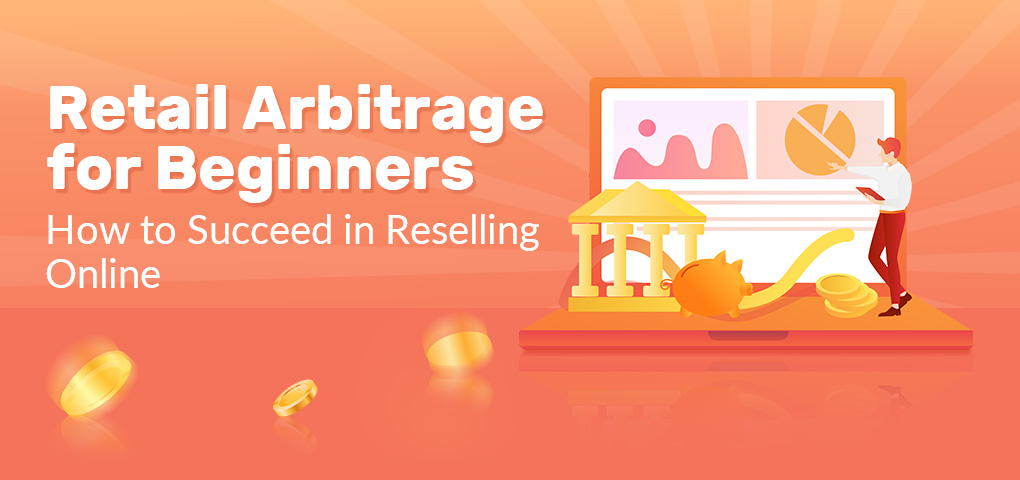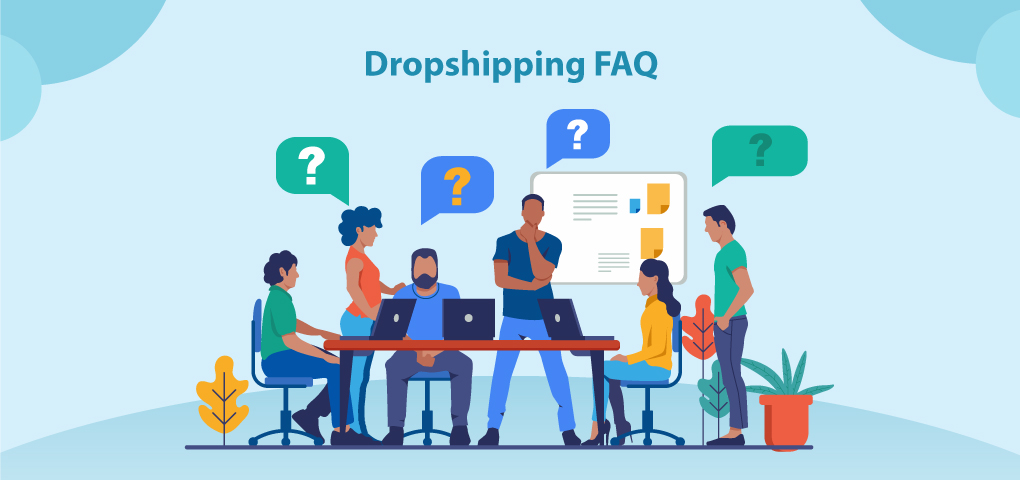Retail arbitrage, you probably must have come across it a couple of times if you have out on the net seeking for how to make money. The retail arbitrage is not new, it has been around for a long while, you are only knowing the evolved form of the concept.
If the concept is grey to you at this junction, this article will help. Perusing this article, you’ll be introduced to the concept of retail arbitrage for beginners, clarified the differences between retail arbitrage and dropshipping, the best website for retail arbitrage, and more for assured success doing retail arbitrage.
What Is Retail Arbitrage?
Retail arbitrage for beginners to understand is you going shopping for items in a local retail store at its cheapest price, and reselling the items for a higher price. The shopping now needs to be refined as you are buying and selling to make a profit. As it is commonly known, retail arbitrage is product flipping.
Dropshipping vs. Retail Arbitrage
The concept of dropshipping is that you set up an online store and take orders from people buying a product. You in turn contact your product supplier to make the shipment of the product the buyer. The cost price of the item is higher on your website than the exact amount of the unit price from the supplier. It is with the difference that you make your profit and fulfill expenses incurred.
On the other hand, retail arbitrage is the concept of you doing a physical shopping of products, usually at a retail store at a discounted price/cheapest price possible. Then, you move on to another online retail store to sell the product at a higher price to make your gain. Usually, local retail stores such as Walmart are places you may source for products to buy and resell.
Will You Make Money as a Retail Arbitrager?
The question is not to be answered as a yes or no question. We should take a look at how to make profit margins. Then we can have an evaluation of the potential profit margins that one can make in retail arbitrage.
Going with the statistical analysis done by the Retail Owner Institute, the average gross profit that small businesses and storefront owners in the United States are usually more than 25%. Siting examples stores selling women clothing make a profit margin of around 46% and that of pet stores is around 43.6%.
Conventional retail business owners have bills to pay that will slash down their gross profit. Tax, a rental bill, energy bill, salaries, and other fees that can invariably add up.
In the case of retail arbitrage, some expenses are not to be incurred. The rental fee, salaries, bills for energy, and a few more are not incurred by a retail arbitrager. A retail arbitrager will be buying products at a cheaper price; meaning a higher gross profit margin.
Now to the question, yes, you can make money doing retail arbitrage.
How Hard Is Retail Arbitrage?
The concept is straightforward. You make a purchase of an item for a lower price at a retail store and sell on e-commerce websites such as Amazon for a higher price. On your path, what you have to do is to be on a look out for products that sell and try to get them for the lowest possible price.
Either during an online promotional sale or a clearance sale at your local stores then make a sale on the e-commerce website. Easy-peasy. One major obstacle is out of the way, marketing. You are not to be bothered about it as the e-commerce website is on to that. Shopping for the items is fun!
This is something to get done doing the reality check and buying items based on sentiments. As a game lover, you may like to buy related items for reselling, but it’s not that. Products differ by their demand rate, time liable to be sold, and potential profit. The survey needs to be done before choosing a product.
How to Sell Effectively as a Retail Arbitrager?
Doing your research is key and the Internet has made that easier. Your focus should be knowing the profit margin and inventory turnover.
Profit margin can be known by going on websites to know the minimum and maximum price people are willing to pay for such a product. As a rule of thumb, you should seek to get items for 10% to 30% of the minimum price people are willing to pay for it.
Inventory turnover as to do with the time the product can be sold. It is peculiar that a newer version of electronics gets sold quicker than their older version and the same is for office appliances when compared to home appliances. Useful tools to help are CamelCamelCamel and Keepa.
They can help to get low price offers, inventory turnover, and profit margins when they want to do retail arbitrage Amazon.
Best E-Commerce Websites for Retail Arbitrage
•Walmart
•Target
•Home Depot
•Best Buy
•Big Lots
•Kohl's
•Lowe's
•Ollie's
•Tuesday Morning
•Safeway
•Publix
•H-E-B
•Trader Joe's
•Staples
•Office Depot
•Ross
•TJ Maxx
•Kroger
•Meijer
Conclusion
The best among the best lower risk and capital investment means of making money is online retail arbitrage. It requires no office space, lower inventory, and capital investment. Hopefully, after reading this article, you must have gotten all you need to excel in retail arbitrage.




